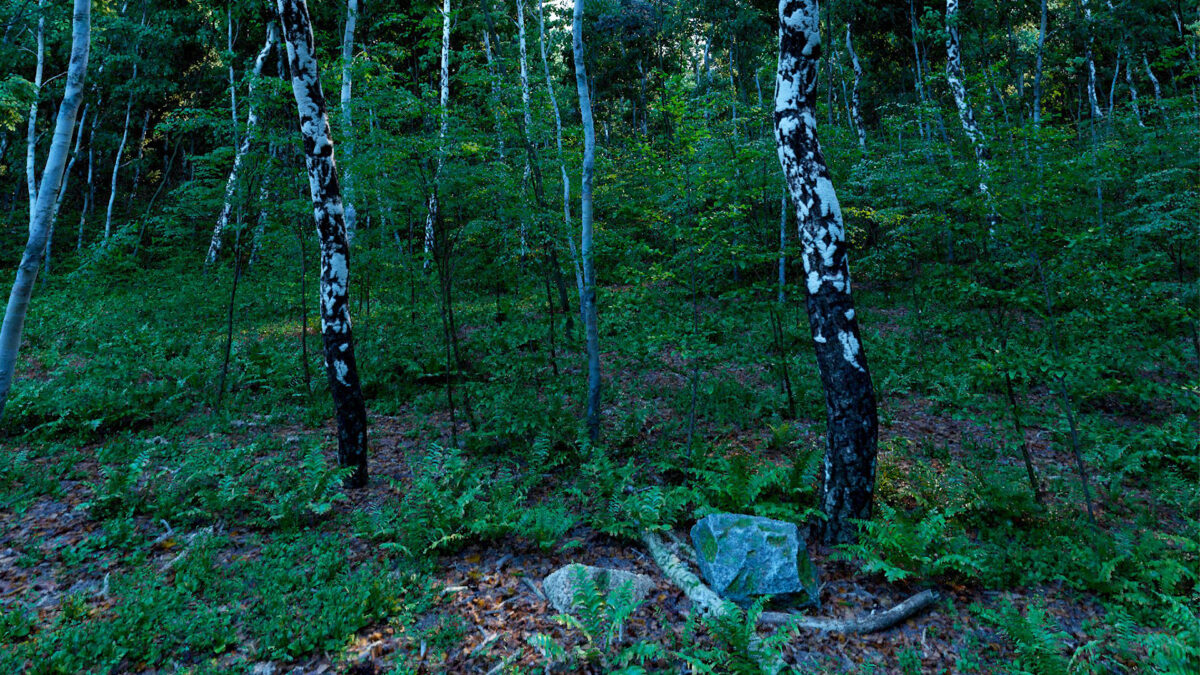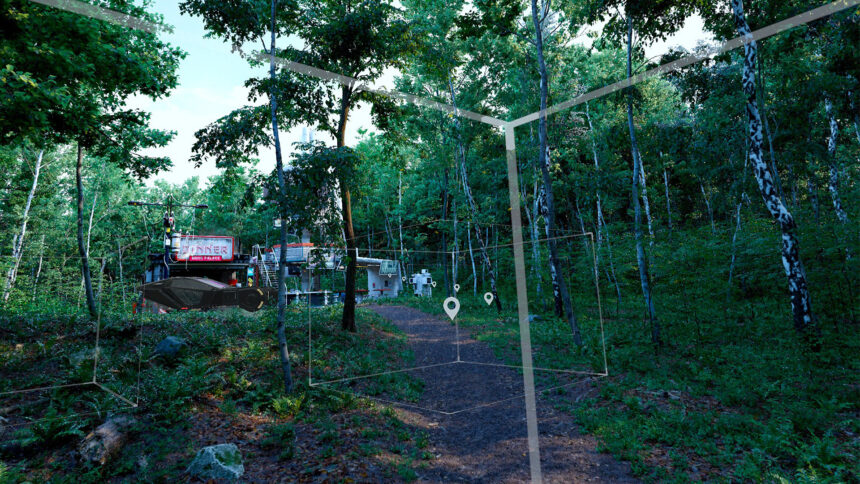Try this tech demo of a photorealistic forest on your Meta Quest

The Oniri Forest VR app renders a forest with incredible detail. I went hands-on and describe what I saw.
Forest scenes are among the most challenging in modern computer graphics. Millions of branches, rocks, leaves, and an extremely complex interplay of light and shadow must be rendered in real time.
Oniri Forest does this impressively well without the need for an external computer. The simulation runs on a standalone headset. When I started the tech demo on my Meta Quest 3, I was stunned. I was standing on a forest path surrounded by realistically rendered trees, bushes, and ferns.

A screenshot directly from Oniri Forest. | Screenshot: MIXED
The scene doesn't look like a computer game, it looks like someone captured an existing location in great detail. I have visited many photogrammetry environments in VR, but Oniri Forest, with its dense vegetation, is unlike anything I have seen before.
Beautiful graphics – with trade-offs
To be clear, Oniri Forest is a volumetric experience. I was able to move around and change my perspective, and the environment rendered correctly. At least within a "viewbox" of about a cubic meter. When I physically stepped out of it and moved a few steps away, the forest lost detail and distortion occurred. This is the biggest limitation of the VR app, but it is what makes such graphics possible on a standalone headset.
Oniri Forest offers more than a dozen of these view boxes, and the VR app wants you to teleport from box to box. Free movement like in a computer game is not intended.
The forest path leads to a clearing with a cyberpunk bar and a hovering car that could be straight out of Blade Runner. Unfortunately, I couldn't admire this set piece up close.
Inspired by Google Seurat?
Oniri Forest is a tech demo from startup Oniri that converts demanding 3D scenes into easy-to-render environments for standalone VR headsets and the web. Oniri sees a wide range of potential use cases for its proprietary technology: architecture and real estate, exhibitions, education and training, games and concerts.

Only if you move within these boxes, the forest is rendered optimally. The boxes can be hidden with a press of a button. | Screenshot: MIXED
Oniri doesn't reveal what tricks are being used, but my guess is that it's a rendering method inspired by Google Seurat. The technique was introduced in 2017 for mobile VR headsets, and was open sourced by Google in 2018. Seurat makes it possible to render extremely realistic scenes on low-power systems by restricting the scenes to certain perspectives. You can see how it works in the video below.
Despite this limitation, Oniri Forest is well worth a look, and I hope that the underlying technology will find its way into more VR apps and games.
You can request Oniri Forest from the App Lab and then install it on Meta Quest. The app runs on Quest 2, 3 and Pro.
Note: Links to online stores in articles can be so-called affiliate links. If you buy through this link, MIXED receives a commission from the provider. For you the price does not change.